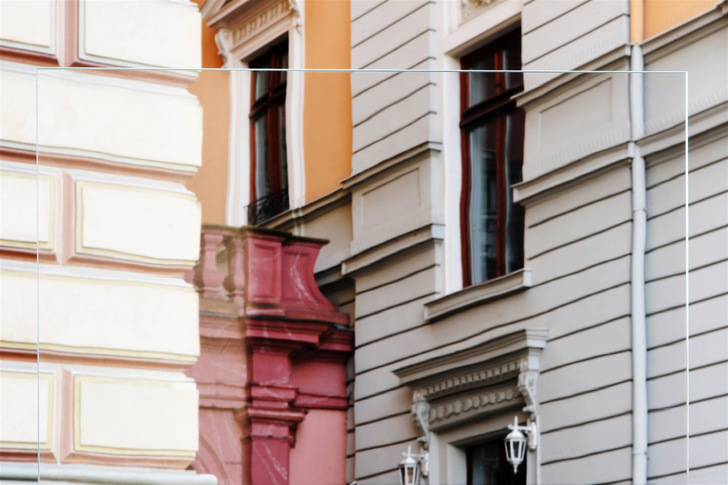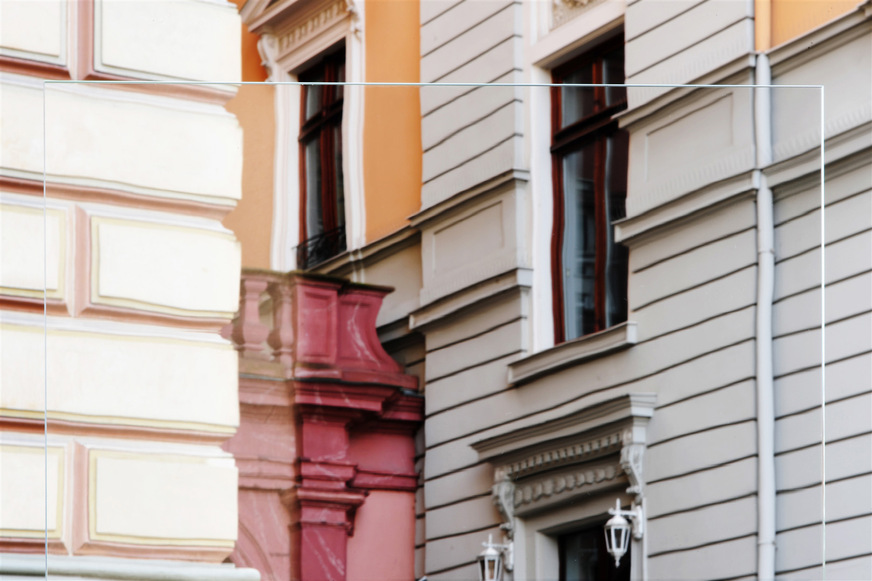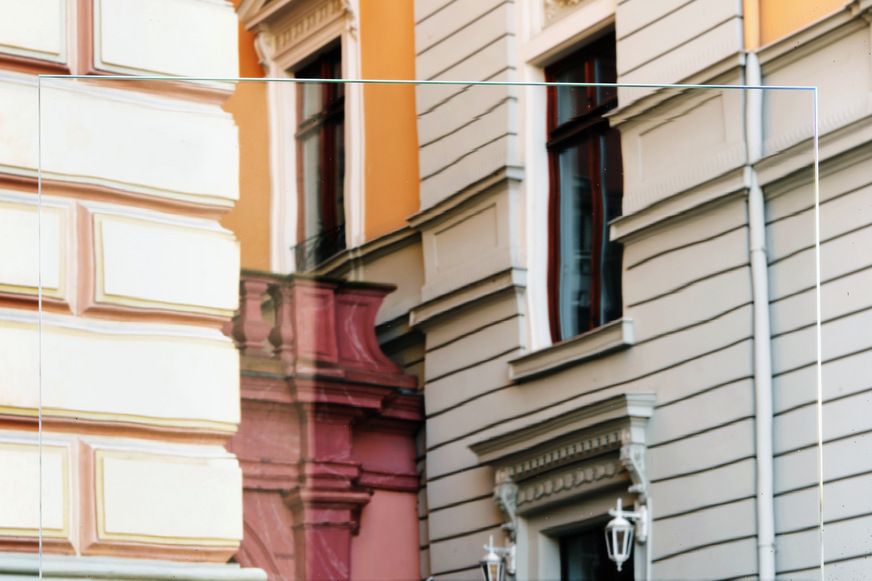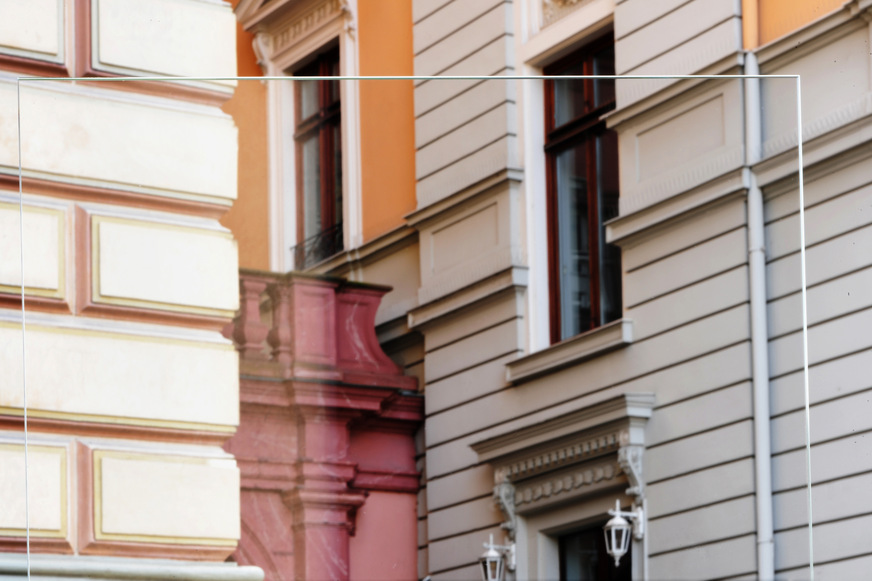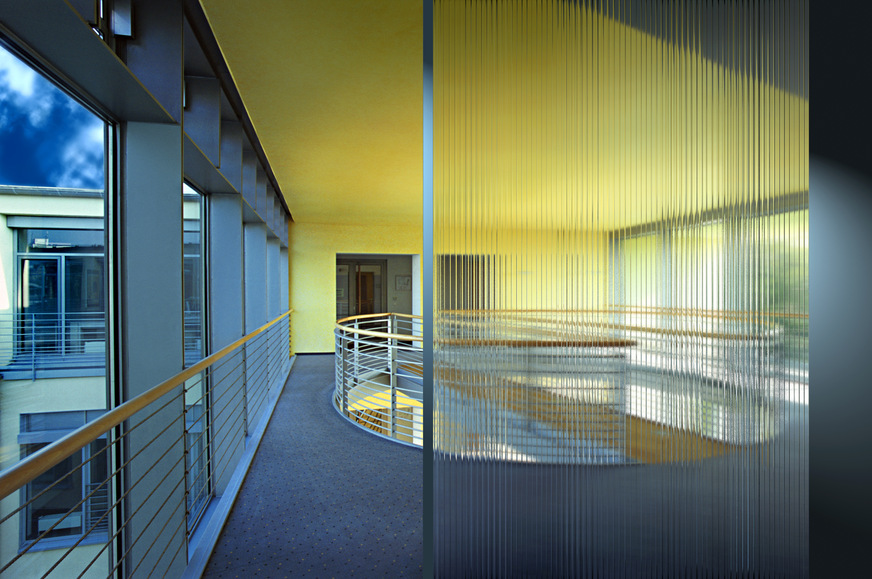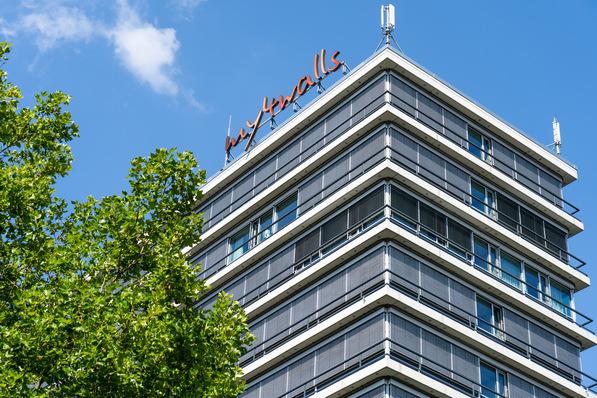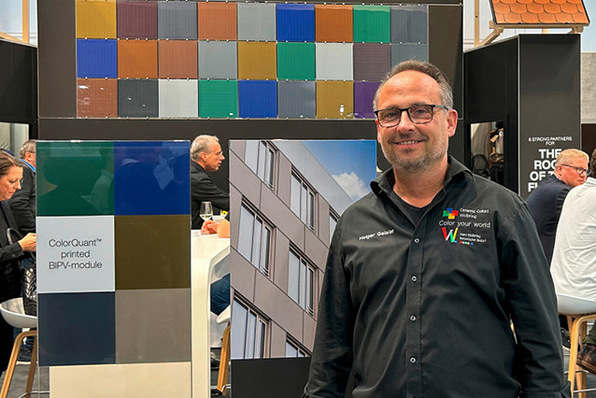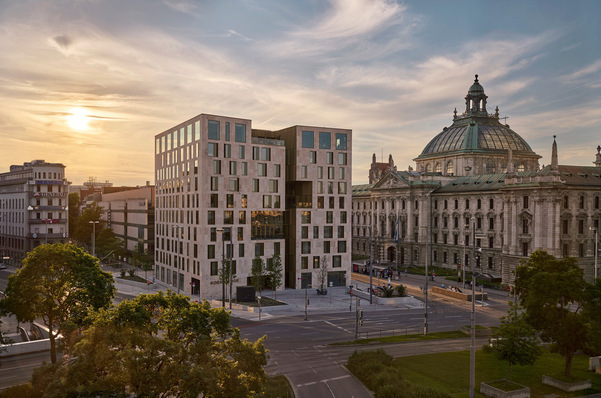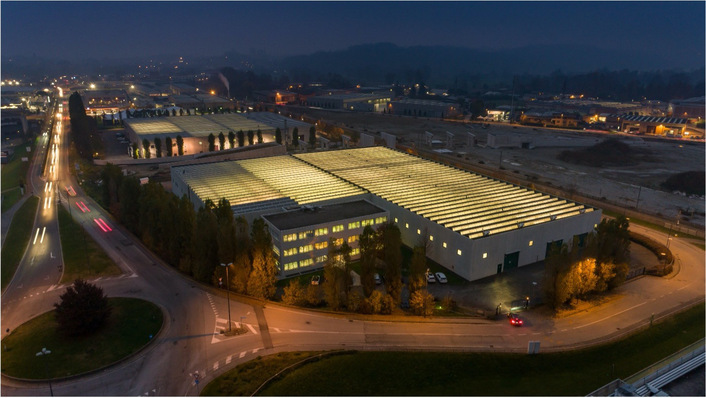These types of glazing are produced using the traditional Fourcault method to replicate the appearance of the original glazing of certain construction periods. In contrast to the float method, this process generates conscious variations in the flatness and thickness of the glass panes.
But here, when producing the glass, special, particularly corrosion-resistant glass compositions are used which are not covered by the usual glass standards. I.e., while EU standard EN 572-4 does apply to drawn float glass, this could not be used for Schott glass or the single-pane safety glass, laminated safety glass or multiple-pane insulating glass manufactured from it given the prescribed glass composition. Laborious individual verification was therefore often required before installing the glazing before ETA certification.
Approved construction products for Europe
To simplify the use of this glass, Schott has obtained general EU certification for its base glass and its further processing products (e.g. single-pane safety glass, laminated glass, laminated safety glass or multiple-pane insulating glass), since the ETA replaces general type approval for the EU member states.
The ETA is an independent European-wide product performance certification issued in accordance with EU Construction Products Regulation 305/2011 which leads to CE marking. This certificate allows distribution throughout the entire European Economic Area, Switzerland and Turkey.
For Fourcault glass Schott had to produce special test specimens and have extensive material testing performed at an accredited testing institute (in this case TU-Darmstadt), including expert opinions, in order to verify the certified product properties.
These standards are met by Fourcault glass from Schott
Schott glass is a corrosion-resistant low-iron glass which is considerably lighter in colour impression than the flint glass customary in the trade. The plate glass is machine drawn in a traditional process, giving it a slightly irregular surface structure like window glass from earlier eras. This can be processed using the usual production facilities. Further info ulrich.huber@schott.com
It meets the following standards:
• EN 12150-2 Thermally toughened soda lime silicate safety glass
• EN 14179-2 Heat soaked thermally toughened soda lime silicate safety glass
• EN 1279-5 Multi-pane insulating glass
EN 14449 Laminated glass and laminated safety glass. Here the laminated glass is composed of a Fourcault glass and a float glass. The intermediate layer consists of at least 0.76 mm-thick PVB film.
Easier use of Fourcault glass
Now laborious approval processes are no longer necessary for construction projects with Fourcault glass. Fourcault glass can now be processed into standard construction products like single-pane safety glass, laminated glass, laminated safety glass or multiple-pane insulating glass in conformity with standards and designated as such.
Its performance values and processing possibilities are clearly visible on the ETA certificate using familiar terminology from the field of structural engineering. This means that glass processors, architects and structural engineers can immediately determine to what extent the certified products fall in line with their requirements and possibilities.
If glass companies want to further process Schott glass into single-pane safety glass, laminated glass, laminated safety glass or multiple-pane insulating glass, they will be given the relevant training by Schott and receive the associated certificates. The companies instructed by Schott (www.schott.com/architecture) may use the ETA and confirm the associated product properties in declarations of performance.
The author: Sales Manager Ulrich Huber, Schott www.schott.com







